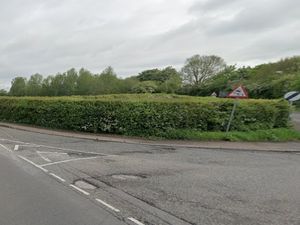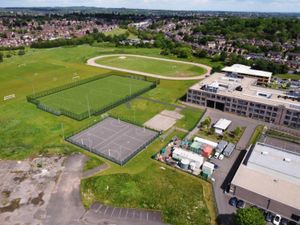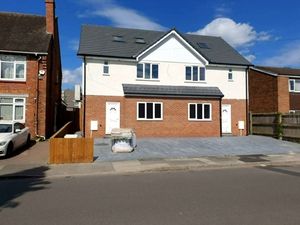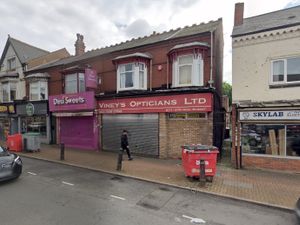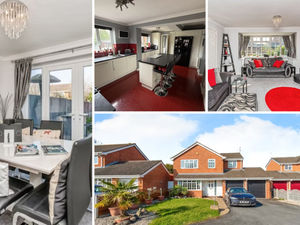Mayor in plea to brownfield owners to help spare green belt from housing developments
Owners of derelict former industrial sites are coming under pressure to give them up so housing developments can be built to spare the green belt.
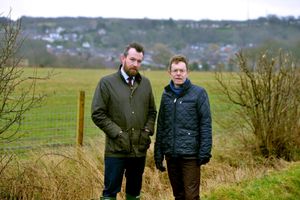
West Midlands Mayor Andy Street is continuing to push his 'brownfield first' agenda which he believes can prevent new housing being built on green belt in the region for the next decade.
He insists there are enough derelict factories and other disused land - which are classed as brownfield sites - to be regenerated and provide the thousands of homes needed.
Planning bosses have said 27,000 homes will need to be built on the region’s green belt over the next 16 years in order to meet growing demand. But those claims have been rubbished by green belt campaigners who say smarter planning, including a focus on town and city centres, could massively reduce the impact on the countryside.
Some 70,000 homes are needed by 2038 to keep pace with a growing population.
Mr Street, one of the leading rebels against countryside development, said: "Thanks to the Black Country’s past as an industrial heartland, we have plenty of empty and derelict sites which could be reclaimed for housing.
“I believe we can potentially avoid building anything on our precious green belt for years – if we can identify and free-up enough of those sites for development.
“Some of them have been derelict for years and may be contaminated from previous industrial use, but we have money from the Government ready to clean up these sites - removing eyesores, providing much-needed quality new housing protecting our open spaces.
“That’s why, with the help of the 10 Conservative MPs across the Black Country, I’m reaching out to the people who own the derelict brownfield sites to say: let’s use this land for something positive."
In Wolverhampton the first homes have gone on sale at Steelhouse Lane, while in Walsall sites like the old Caparo engineering works and the Harvestime Bakery have been given the green light to be used for new housing. In Wednesbury, the biggest brownfield site development of all - Friar Park – will see a former sewage works, bigger than 30 football pitches, transformed into 750 homes.
The Black Country Plan, a document which will set out the area’s planning policy until 2039 is currently being drawn up, but owners of brownfield land must put their sites forward for consideration by August 20.
Mr Street believes that if more brownfield sites are made available in the plan, controversial developments on green belt sites would not be needed.
He said: “Across the Black Country, at much-loved places like the Seven Cornfields, Foxcote Farm in Wollescote, and Tack Farm in Halesowen, residents are fighting to stop developers taking away their valued open spaces.
“Developments on the green belt like this should not be necessary in the Black Country for another decade, because we have the technology, the money and the skills to reclaim old derelict sites that blight our communities for use in housing instead.
“Now we need the owners of these sites to come forward and put them to good use, to create a drumbeat of Brownfield sites that will protect the Green Belt.”
Owners of brownfield sites can put their land forward at blackcountry.oc2.uk/document/5 or by emailing blackcountryplan@dudley.gov.uk

